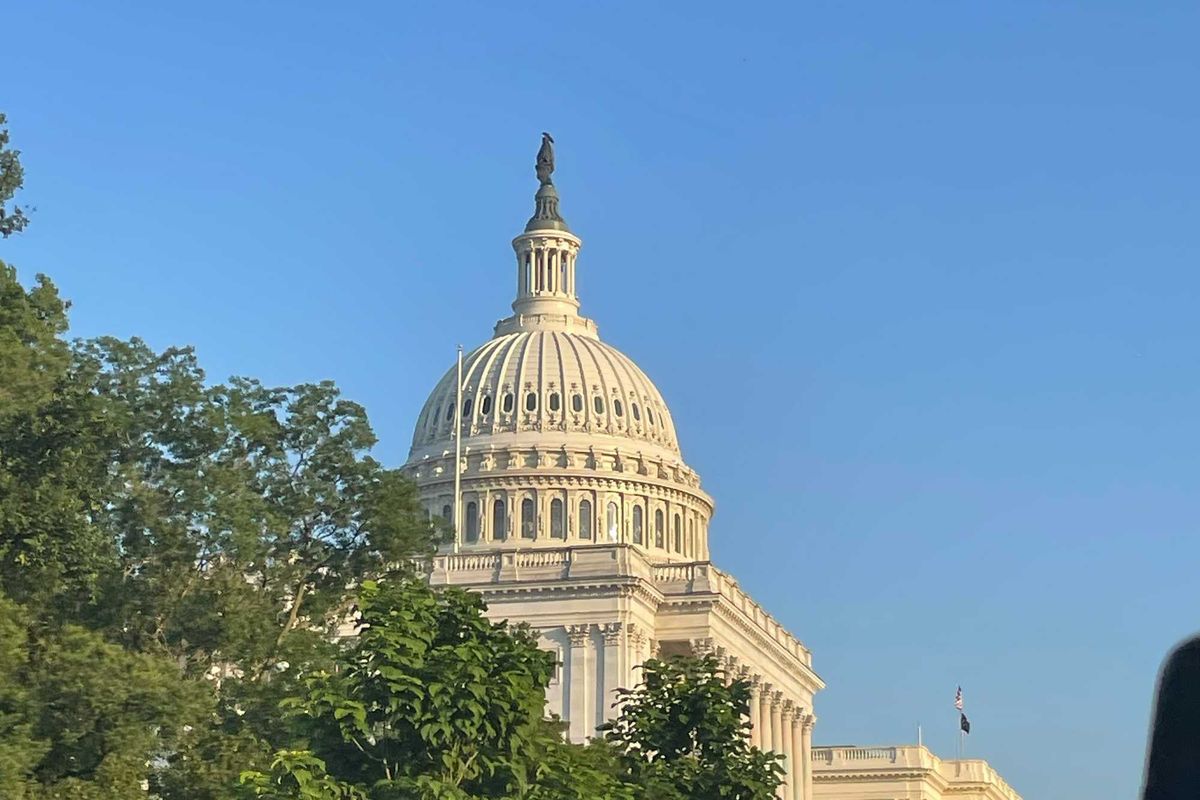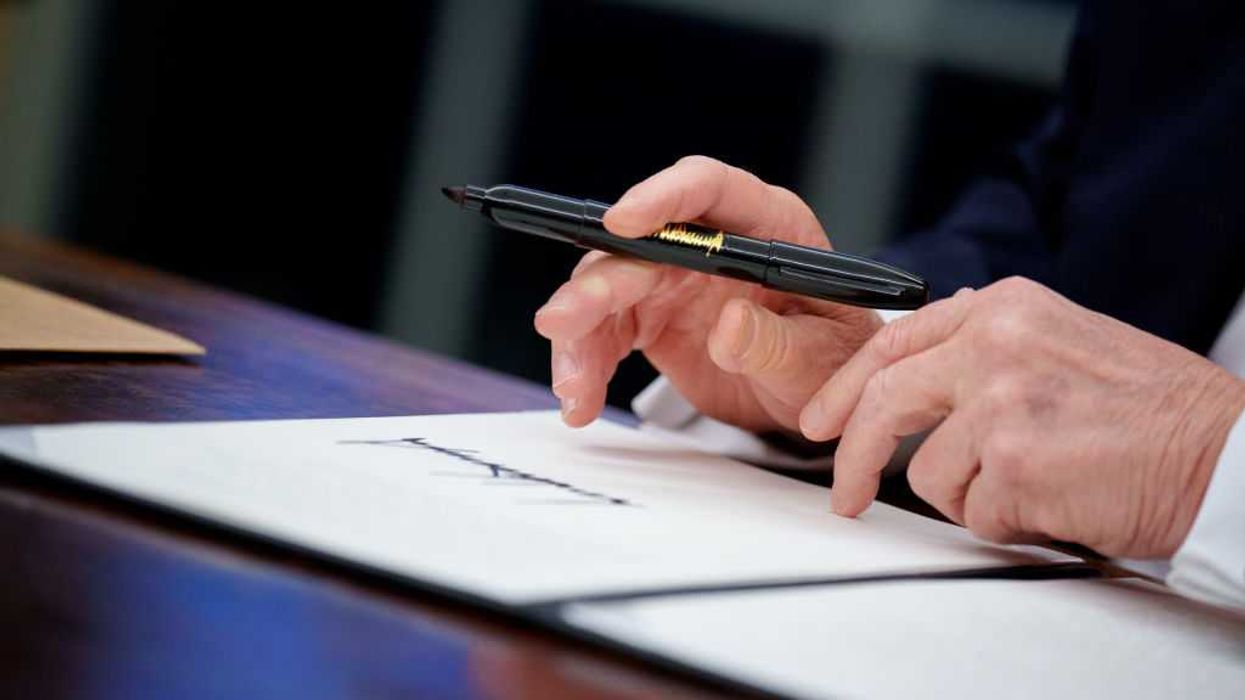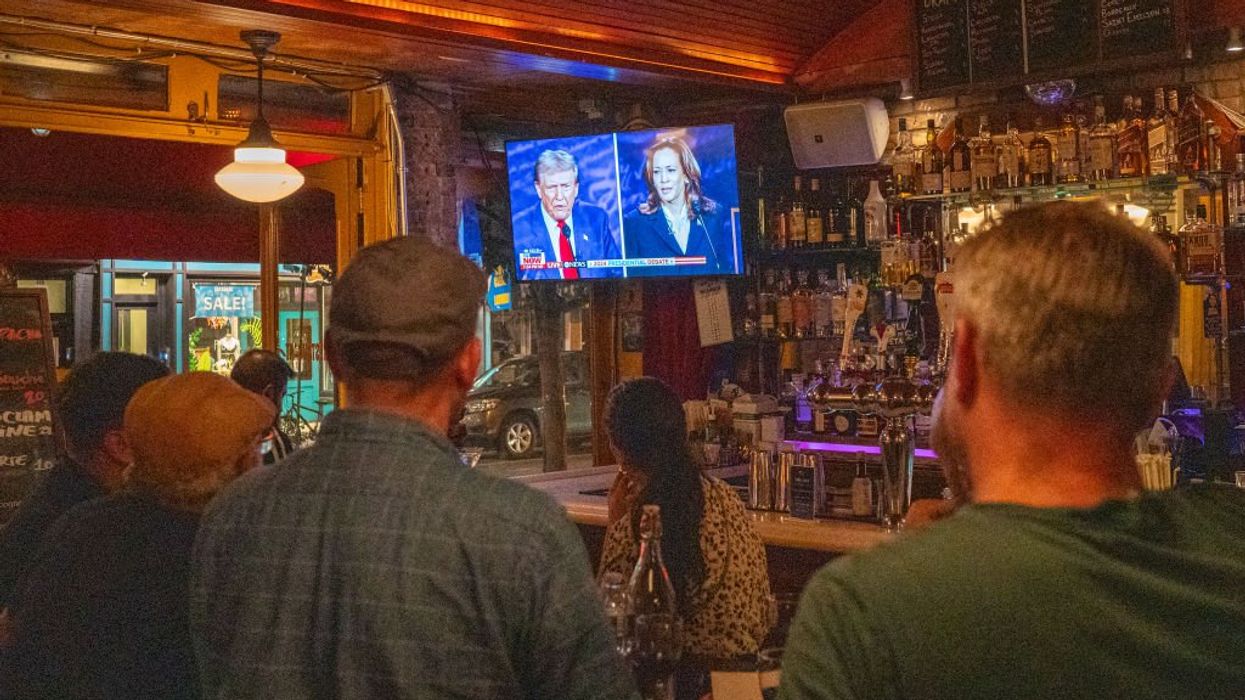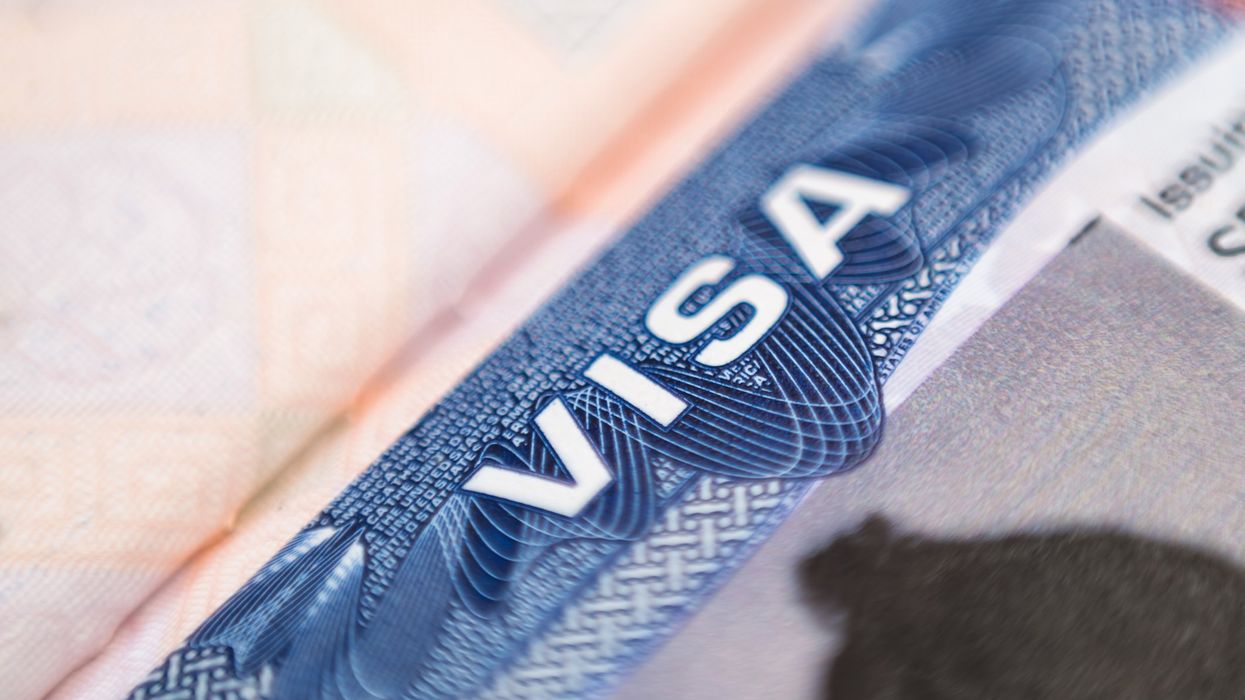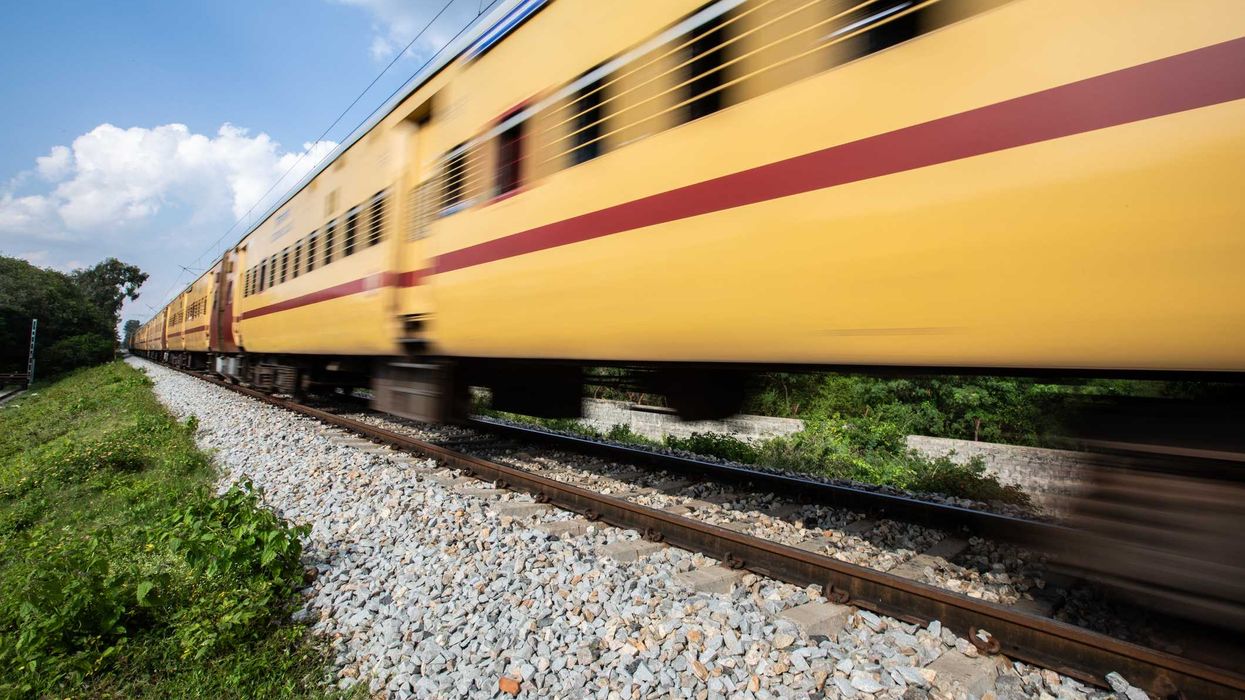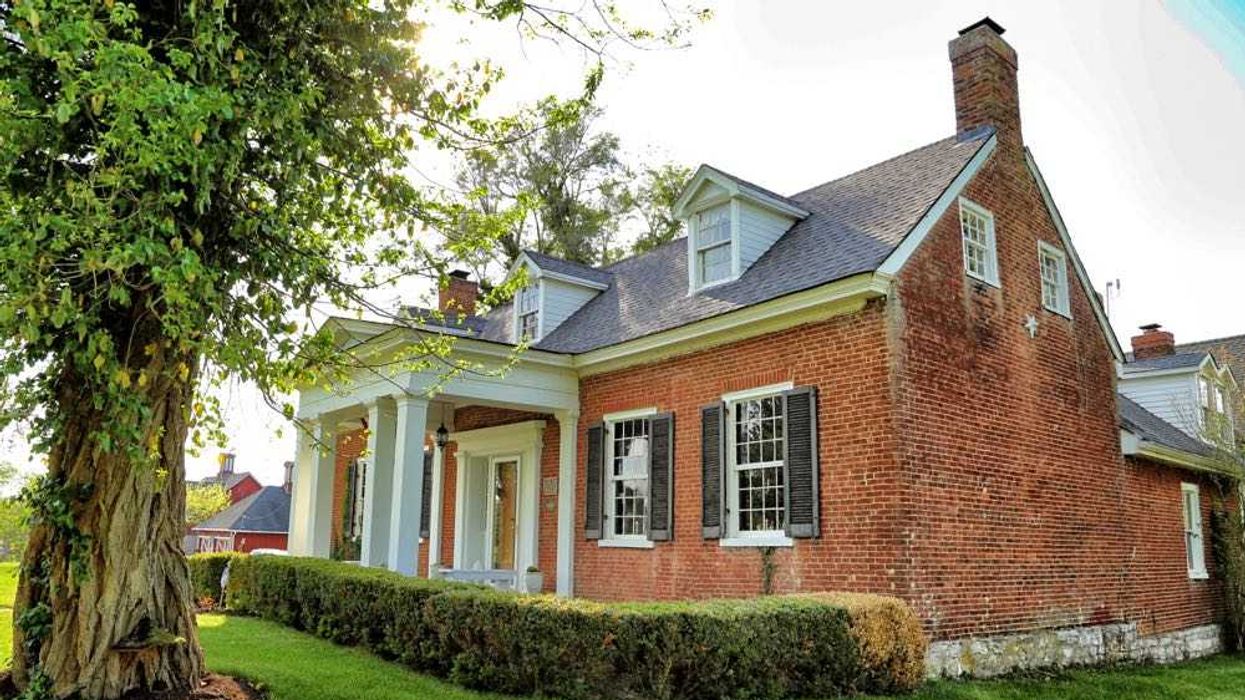In the intricate landscape of global geopolitics, the ascendancy of Indian Americans stands as a quiet yet transformative force—a phenomenon that demands serious consideration. While traditional paradigms of power focus on military might or economic clout, the strategic leverage wielded by this diaspora is rewriting the rules of global influence. India’s economic trajectory reflects its ambitions on the global stage. Contributing 4% to global GDP today, the nation is poised to become the world’s third $10 trillion economy within two decades. The International Monetary Fund (IMF) predicts India will account for 18% of total global growth by decade’s end, a rise that challenges established economic hierarchies.
Trade data between India and the United States reflects the growing interdependence: In 2020, U.S. imports to India stood at $51.3 billion. This figure grew to $80.1 billion in 2024, alongside a trade deficit swelling from $24.2 billion to $41.5 billion. This trade expansion is mirrored by Indian-American professionals dominating key sectors of the U.S. economy. With a median household income of $119,000, Indian Americans outperform national averages and hold influential roles across corporate and governmental institutions. CEOs of global giants like Microsoft, Google, and Citibank exemplify this trend, along with leadership roles in companies like Apple, Intel, and Dell.
The H-1B visa regime has become a cornerstone of India’s knowledge-driven strategy. In 2023, Indian professionals accounted for over 72% of the 386,000 H-1B visas issued or renewed, reshaping workforce dynamics and fostering a seamless flow of talent and expertise. This system serves not only as a conduit for individual aspirations but as a sophisticated mechanism of geopolitical influence, embedding Indian professionals in critical sectors globally. Despite comprising less than 2% of the U.S. electorate, Indian Americans have rapidly emerged as a politically significant bloc. By 2024, the community boasted over 260,000 eligible voters, compared to 180,000 in 2020. This growth coincides with a surge in political representation: several Indian-Americans have been appointed to key positions in President Donald Trump’s second-term Cabinet, highlighting the growing influence of Indian-American professionals in shaping U.S. policy across various sectors, from artificial intelligence (AI) to public health. Such achievements reflect more than representation; they signify calculated efforts to influence policy-making at the highest levels.
Organizations like the Hindu American Foundation exemplify this strategic approach, advancing India’s interests through lobbying and legislative advocacy. The Indian-American diaspora represents a paradigm shift in how nations project power. Unlike traditional models reliant on direct state action, India’s strategy leverages transnational networks. Diaspora-led lobbying efforts, such as the 2024 Technology Immigration Summit on Capitol Hill, which was held by the Foundation for India and Indian Diaspora (FIIDS), illustrate the community’s ability to shape discourse around immigration policies and bilateral relations. This decentralized model extends to the export of intellectual capital. Stanford’s Asia-Pacific Research Center highlights India’s unique role as a global talent exporter, with CEOs and executives forming the backbone of its soft power strategy. Each Indian-American leader becomes a potential conduit for fostering economic and cultural ties, creating complex interdependencies between India and host nations.
As Washington grapples with containing China’s rise, the Indian-American phenomenon presents a more nuanced challenge. This is not traditional immigration but a strategic, networked approach to influence that blends economic, political, and cultural dimensions. By embedding its talent within global institutions, India is decentralizing its power projection, creating a web of interconnections that defies conventional geopolitical analysis. For U.S. policymakers, the message is clear: India’s ambitions require fresh lenses to comprehend and address. The diaspora’s ascendancy signifies more than a demographic shift; it heralds a new model of global engagement—subtle, persistent, and increasingly consequential. The rise of Indian Americans underscores the emergence of a 21st-century framework for global power.
Khalid is a physician, geostrategic analyst and freelance writer.




